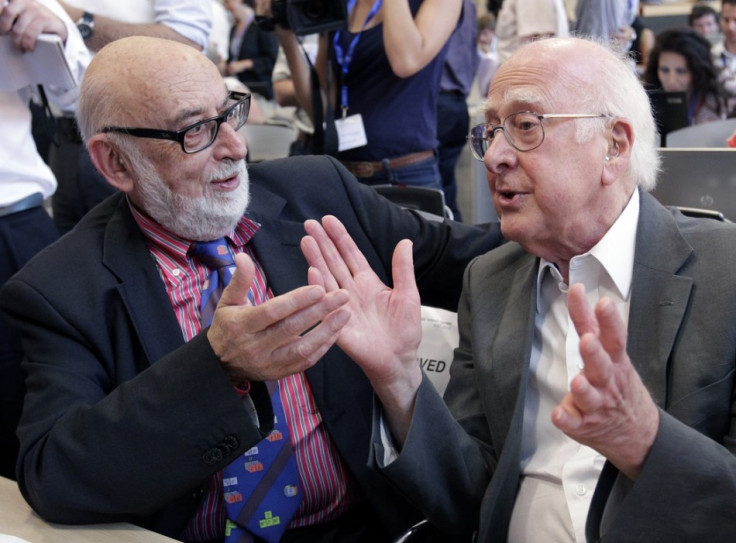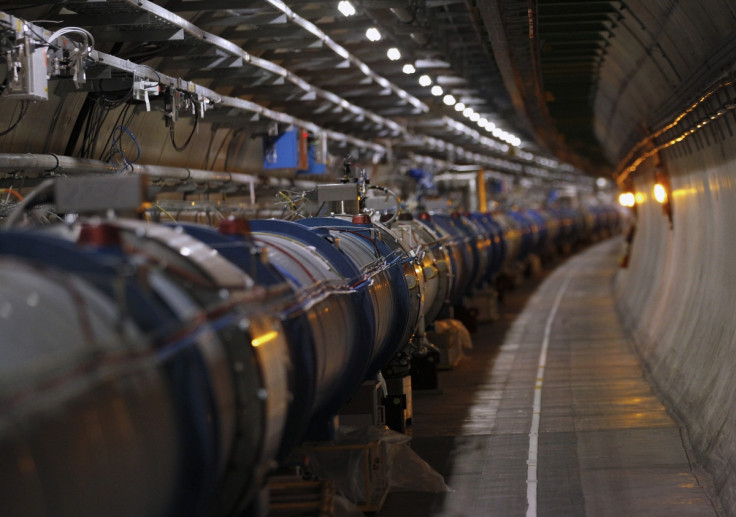'Enormous Breakthrough' in Evidence for Higgs Boson Particle Discovery

An "enormous breakthrough" in the search for the Higgs boson 'God' particle, scientists have said.
Published in the journal Nature Physics, researchers said they have further evidence to confirm the particle discovered by Cern in 2012 is the elusive Higgs boson.
The international team of scientists led by MIT found that the bosons decay in the same way as predicted by the Standard Model of particle physics – the study showed that bosons decay to fermions, a group of particles including all leptons and quarks.
Scientists announced they had discovered what they thought was the Higgs boson particle in 2012 following experiments at Cern, the European Organisation for Nuclear Research.
The researchers said they had observed a new particle, with preliminary findings showing the properties were consistent with those predicted for the Higgs boson. However, researchers said much more work was needed to confirm the discovery, including whether there was just one single Higgs or many different Higgs particles.
Study leader Markus Klute said: "What we are trying to do is establish whether this particle is really consistent with the Higgs boson, the particle we predict in our Standard Model, and not one of many Higgs bosons, or an imposter that looks like it but has a different origin."

Like the Higgs boson predicted in the Standard Model, the particles discovered have no spin and decay rapidly by splitting into pairs of photons. However, it was not clear if they could decay to fermion pairs – as predicted.
To work this out, the team fired protons at each other and used specialised detectors to find out which particles were produced. They were looking for tau leptons – particles that are about 3,500 times heavier than electrons – making decay easier to spot.
Findings showed decay to tau leptons, with authors saying there was just a one in 10,00 chance that the signal they saw would have appeared without Higgs particles.
"This is an enormous breakthrough," Klute said. "Now we know that particles like electrons get their mass by coupling to the Higgs field, which is really exciting."
"We have now established the main characteristics of this new particle, in its coupling to fermions and to bosons, and its spin-parity structure; all of these things are consistent with the Standard Model."
The team now plans to confirm their findings with greater confidence. "Within the current level of precision there is still room for other models with particles that look like the Standard Model Higgs, so we need to accumulate more data to figure out if there is a deviation. Although if we do find a deviation from the Standard Model, it is likely to be a very closely related one," Klute added.
© Copyright IBTimes 2024. All rights reserved.






